Introduction
Vietnam is becoming a promising market for Japanese companies to consume ham and sausage due to the increase in the middle class and wealthy class and the westernization of food culture in Vietnam, which accompanies the country’s rapid economic development.
Vietnam is becoming a promising market for Japanese companies to consume ham and sausage due to the increase in the middle class and wealthy class and the westernization of food culture in Vietnam, which accompanies the country’s rapid economic development.
The first is Vietnam’s overall population growth. Vietnam’s rapidly developing economy has seen a steady increase in population every year. Vietnam’s population is estimated to be approximately 97.58 million in 2020, and some estimates suggest that it will overtake Japan’s population by 2040. For reasons not limited to meat products, population growth is an essential element when introducing Vietnam’s consumer market.
Second, the Vietnamese people have improved their hygiene awareness. The number of food poisoning cases announced by the Vietnamese government is lower than that of Japan. However, there are several cases where statistics in Vietnam deviate greatly from the actual situation, and it has been pointed out that the actual number of food poisoning outbreaks is tens or hundreds of times higher than the statistics.
In addition to food, there have been incidents of lead in paint for children’s toys, and several children have been transported to hospitals with lead poisoning after licking the paint.
Due in part to the accumulation of such incidents, an increasing number of Vietnamese consumers prefer to shop at modern supermarkets and convenience stores rather than at traditional markets. This has led to an increase in demand for well-packaged fresh and processed foods.
Third, there is a change in lifestyle. Many busy young people living in urban areas are trying to eat healthier while saving time and effort. On the other hand, processed foods have not yet penetrated into the food culture in rural areas.
This report provides an overview of processed meat products such as ham, sausage, and bacon in Vietnam.
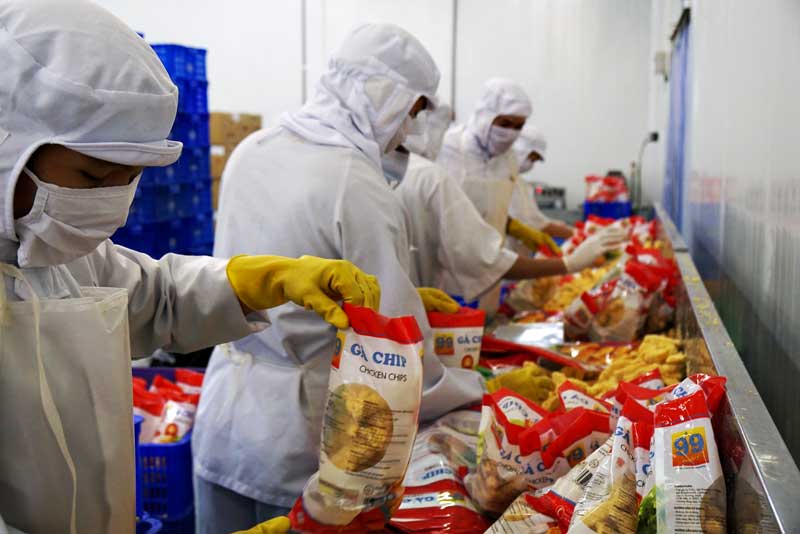
Ham, sausage and bacon consumed in Vietnam
Vietnam’s processed meat products are first classified into two categories: traditional processed meat products of local Vietnamese origin and processed meat products of foreign origin.
Traditional Processed Meat Products of Vietnamese Origin (ham, sausage, bacon)
Four local meat products that have long been ingrained in Vietnamese food culture are
Vietnamese Style Ham
First, there are two types of ham that are often referred to as “Vietnamese ham”: charua and jiao tu. Charua is the most popular type of ham in Vietnam. It is consumed in a wide variety of settings, such as New Year’s dishes and as an ingredient in báinh mì.
Jotou is a ham made from pigs’ ears and is popular as a New Year’s dish and snack.
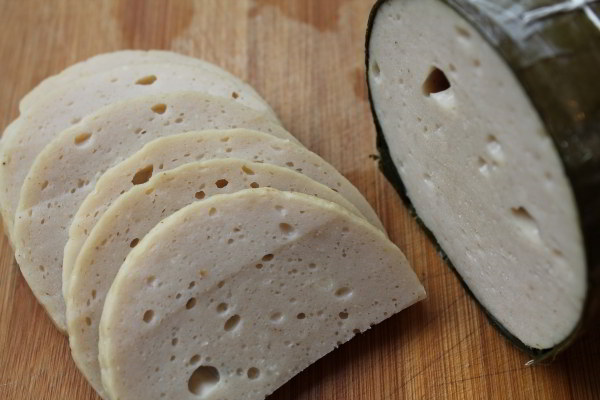
Vietnamese Sausage
Nem Chua and Nem Nam are considered “Vietnamese-style sausages. Nem Chua is a fermented food made from pork and other ingredients, and is a specialty of the northern part of the country. However, it is popular throughout the country and is consumed especially often as a snack with beer. It is usually eaten on its own or with chili sauce.
Nemunam is also a specialty of the north, and its preparation is generally the same as that of nemucha. While nemuchua is a so-called “sausage” shape, nemunam is a round sphere.
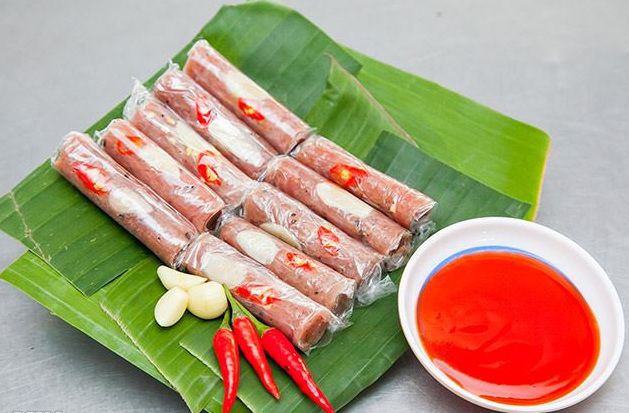
Vietnamese Style Dried Meat
Dried meat is widely popular in Vietnam. Chicken is called “ho ga,” beef “ho bo,” and pork “luoc. After the meat is cut into large pieces and boiled with seasonings, it is further reduced in size before being dried. It is eaten in a wide variety of ways, including as a side dish, as an ingredient in Banh Mi, and as an ingredient in porridge.
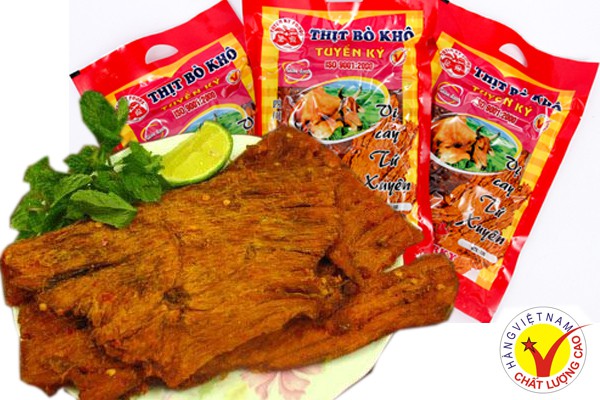
Other Vietnamese Ham and Sausage
In addition to the above three, there are other traditional meat products in Vietnam. The most famous is “chashu,” which, like the chashu known in Japan, has its roots in China. Like the chashu known in Japan, this product has its roots in China, and its seasoning differs from that of Japan. In addition, shrimp powder is used to color it red, which is common in Vietnam.
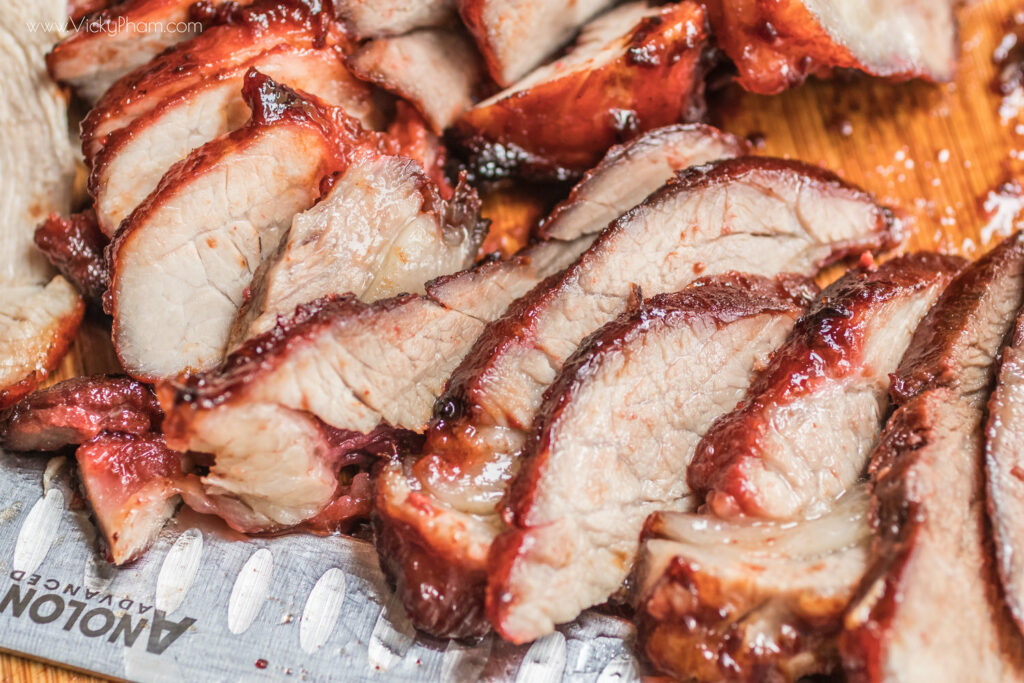
Processed Meat Products of Foreign Origin
Processed meat products of foreign origin are also prevalent in Vietnam. The culture of meat products of foreign origin in Vietnam is believed to have been strongly influenced by French rule.
Sausage
In Vietnam, sausage is often eaten as an accompaniment to bread or okowa, and is a popular breakfast and snack. It can be eaten raw, but many Vietnamese cook it before eating. In the north, grilled sausages are often sold at street stalls.
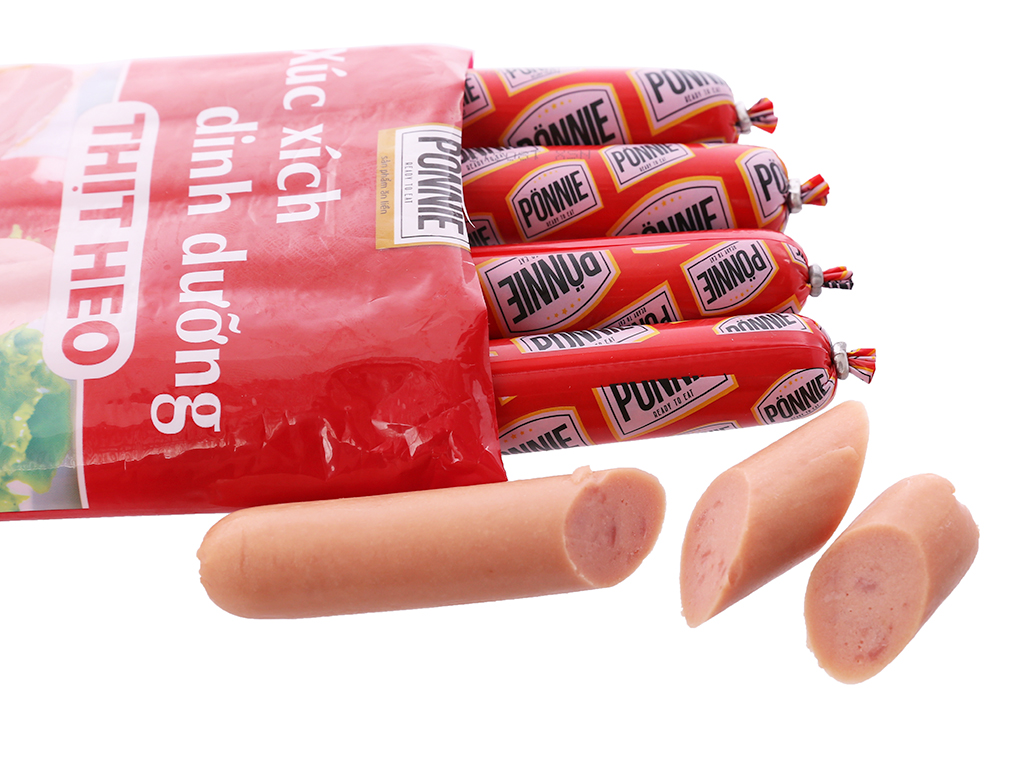
Ham (Jambon)
Jambon” is the French word for ham, but ham is also called “jambon” in Vietnam. As mentioned earlier, this is a remnant of French rule.
It is used in bain-mein and other dishes, but is most often used in dishes of European origin.
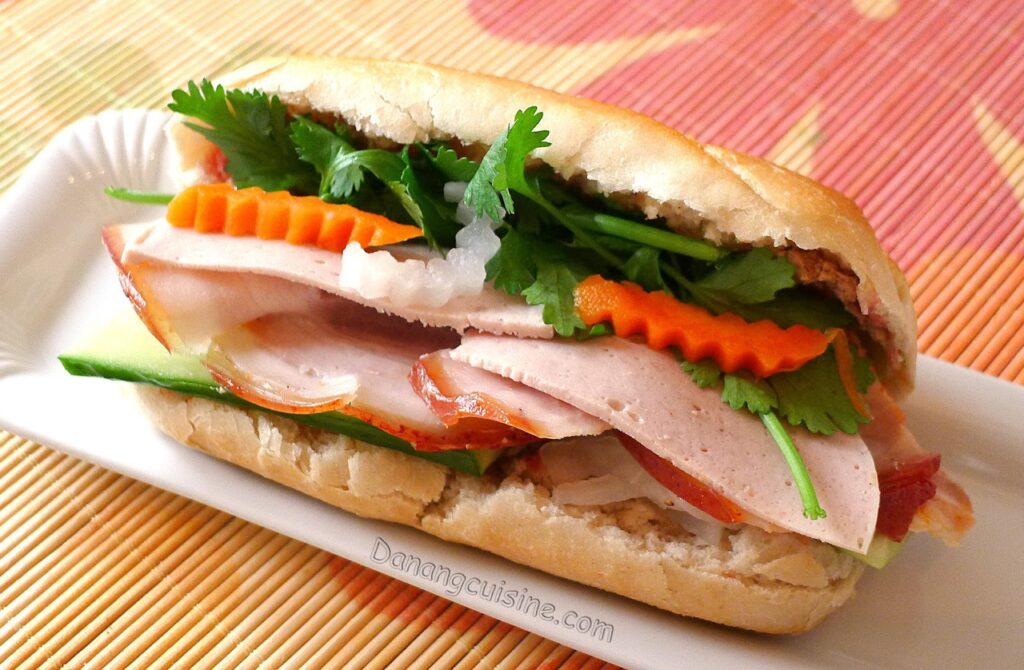
Bacon
In Vietnam, bacon is often eaten with bread or in salads. It is especially consumed in Western restaurants and high-end hotels.
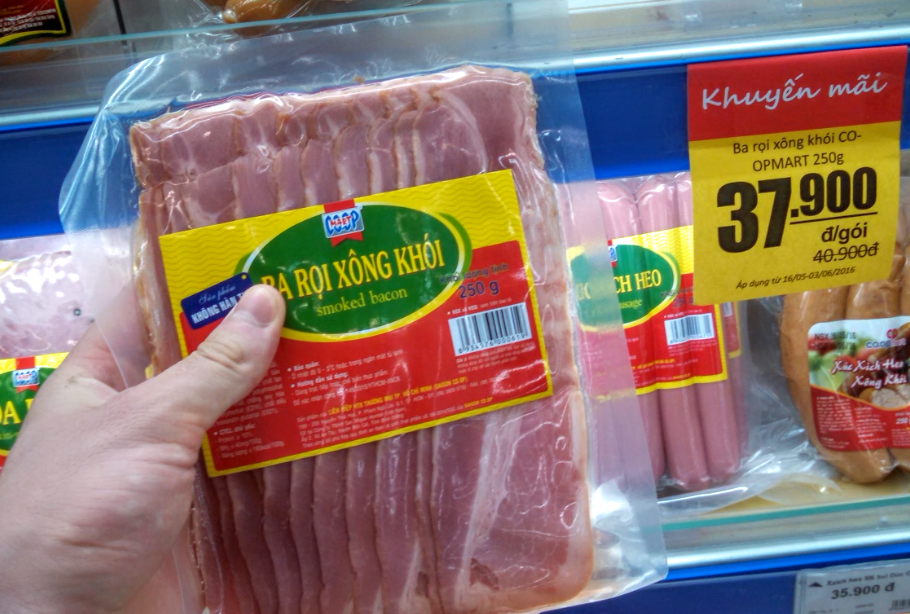
Putty
Pâté” is another food of French origin. It is made by chopping meat or fish into small pieces and kneading them into a paste. In Vietnam, it is often spread on the inside of bread, especially as an ingredient in “bahn mi”. It is also often eaten as an accompaniment to steak.
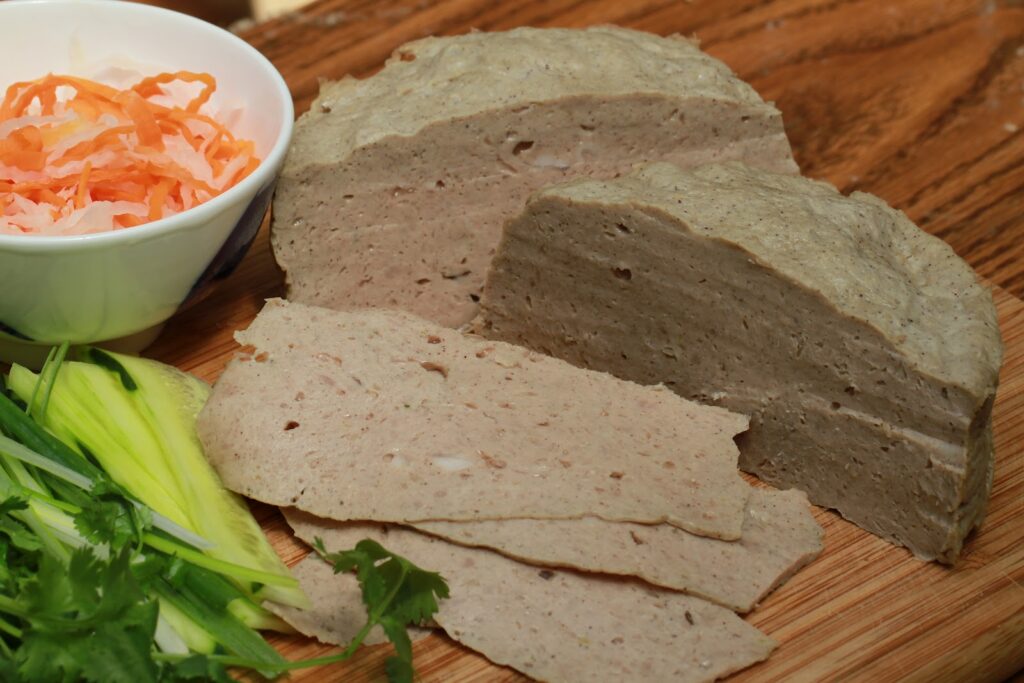
Canned Meat
It is a processed meat product preserved in cans. In Japan, it is represented by “spam. It is also distributed and consumed in Vietnam as a preserved food.
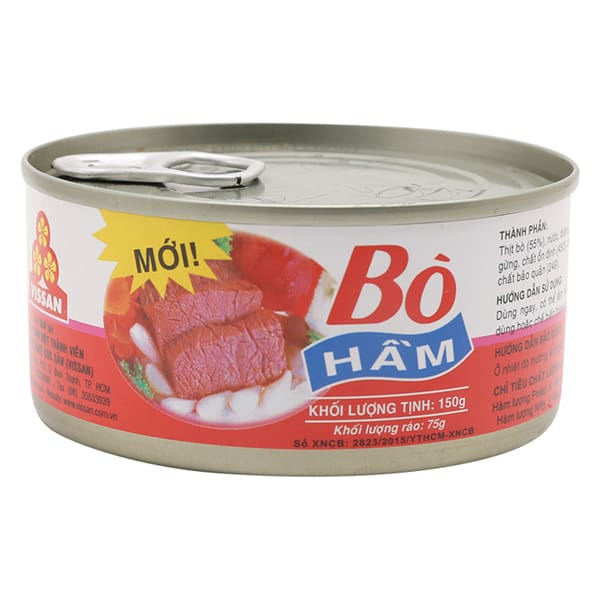
Challenges in the Ham, Sausage, and Bacon Market in Vietnam
We have introduced the increasing demand for processed meat products represented by ham, sausage, and bacon in Vietnam and the types of processed meat products consumed.
Processed meat products are a growing sector in Vietnam, but there are also some challenges.
Cold Chains
Cold chain refers to a system for transporting products that generally require temperature control, such as fresh or frozen foods, while maintaining the specified temperature. In Japanese, it is sometimes referred to as “cold logistics” or “refrigerated/frozen transportation.
Cold chains are necessary for the distribution of sausages and hams, but they are not well developed in Vietnam. For example, only about 8% of food distributors for the domestic market in Vietnam use a cold chain.
This is due to the fact that Vietnam’s domestic quality standards are not strict. In fact, about 70% of exporters who need to meet international standards use the cold chain.
The underdeveloped cold chain physically hinders the spread of processed meat products such as sausage, ham, and bacon in Vietnam. The causes are not only low domestic quality standards, but also foreign investment restrictions on warehousing, lack of investment awareness, supply shortages, and values regarding food losses.
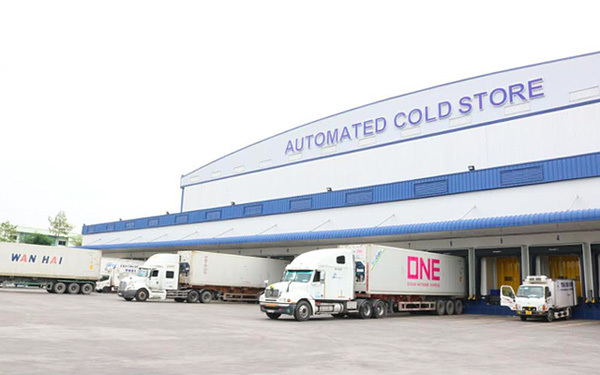
Dissemination in Rural Areas
Processed meat products of foreign origin, such as ham, sausage, and bacon, have not taken root in rural Vietnam. People in rural areas mostly purchase fresh food products, and consumption of processed food products in general is low.
The traditional Vietnamese consumption style is to go to the market every day to buy fresh food and use it up in one day. In rural areas, this style of consumption remains strong.
Meanwhile, modern supermarkets and convenience stores are increasing in urban areas, where processed meat products are also sold.
Solving this challenge will require a shift in the values of those living in rural areas.
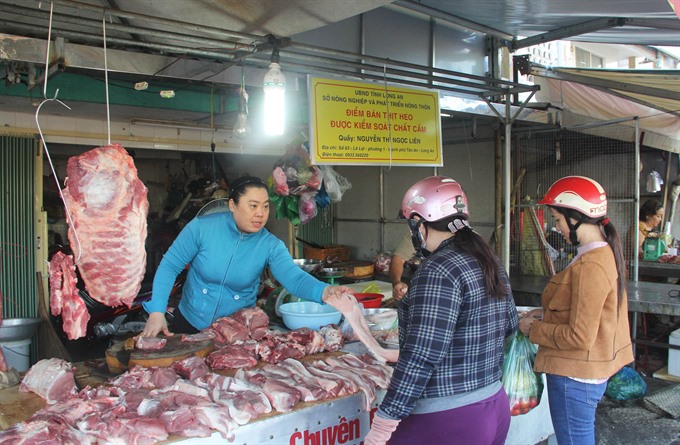

Export of Ham, Sausage and Bacon to Vietnam
This chapter presents an overview of trade in processed meat products such as ham, sausage, and bacon in Vietnam and exports from Japan.
Trade Overview
Vietnam imports sausages mainly from Italy, Australia, and France. On the other hand, hams are mostly imported from Brazil, the U.S., and Malaysia.
Vietnam’s ham and sausage import value and volume are on the rise. Imports of both ham and sausages have been increasing overall, with repeated increases and decreases.
Meanwhile, in terms of import value, ham imports more than doubled in 2019 from the previous year and will remain at the same level in 2020, the year of the Corona disaster. Sausage import value is increasing overall, although not as much as ham. Therefore, it can be assumed that demand for slightly higher-end hams is increasing in Vietnam.
Although several Japanese companies have entered the Vietnamese market, it is difficult to say that they have penetrated the market. However, there are many Vietnamese consumers who trust Japanese products, and the “Japanese brand” is well established in Vietnam, so Vietnam is a promising market for Japanese companies as the affluent population in the country continues to grow.
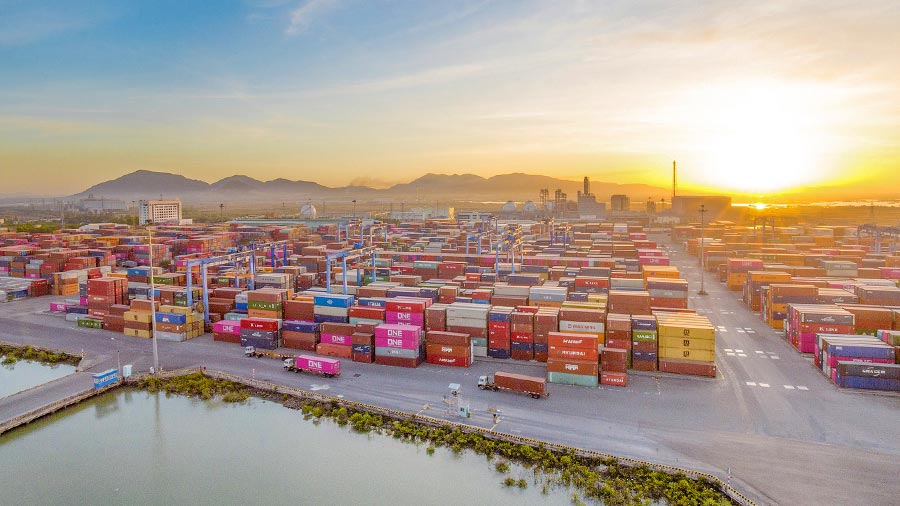
Exports from Japan
Export of processed meat products from Japan to Vietnam is basically possible. Import restrictions following the accident at the Fukushima Daiichi Nuclear Power Plant have already been removed.
In addition, the basis laws and regulations differ depending on whether the importing enterprise is a Vietnamese enterprise or a foreign-invested enterprise. Foreign-invested enterprises must meet the requirements set forth by the Vietnamese Ministry of Planning and Investment.
Customs clearance procedures in Vietnam are conducted online. Documents such as declaration form, invoice, and bill of lading are required for registration of customs declaration, and the required inspections are determined in three steps after registration is completed. On the other hand, there are cases where procedures differ from the law at the discretion of customs officials.
Food safety inspections required for customs clearance procedures can be divided into three main categories. The three major types of food safety inspections required for customs clearance procedures are: simplified inspections, regular inspections, and strict inspections. In principle, the normal inspection is applied, but if the following conditions are met, either the simplified inspection or the strict inspection will be applied.
The simplified inspection applies to (1) products that have passed three consecutive regular inspections conducted within 12 months, and (2) products produced at establishments that apply the six quality control standards or equivalent standards.
Strict inspections will be conducted on (1) lots and commodities that did not reach a certain level at the time of the previous inspection, and (2) commodities for which there are warnings from relevant agencies such as the Ministry of Health, Ministry of Agriculture and Rural Development, and Ministry of Commerce and Industry, or from producers.
In addition to these “inspections,” “quarantine” is also implemented. In addition, “sales permit procedures” are required for the sale of imported processed meat products.
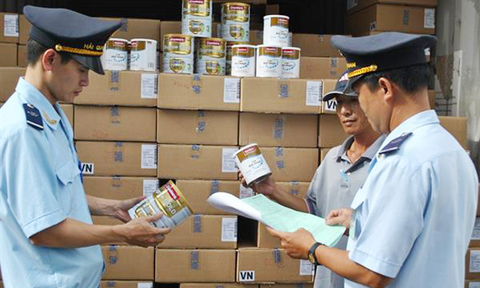
Laws and Regulations Related to Processed Meat Products in Vietnam
In Vietnam, laws and regulations pertaining to processed meat products can be broadly classified into seven categories.
Food Standard
In Vietnam, there are no national technical standards that establish standards for processed meat products, but the Ministry of Science and Technology has established Vietnamese Standards, which are standards applied on a voluntary basis. Seven Vietnamese standards apply to processed meat products.
Pesticide Residues and Veterinary Drugs
Vietnam has introduced a positive list system for pesticides used in the country. For each pesticide and food product, “maximum allowable residue levels” are specified. Conversely, any residues of pesticides and veterinary drugs not on the list are not allowed.
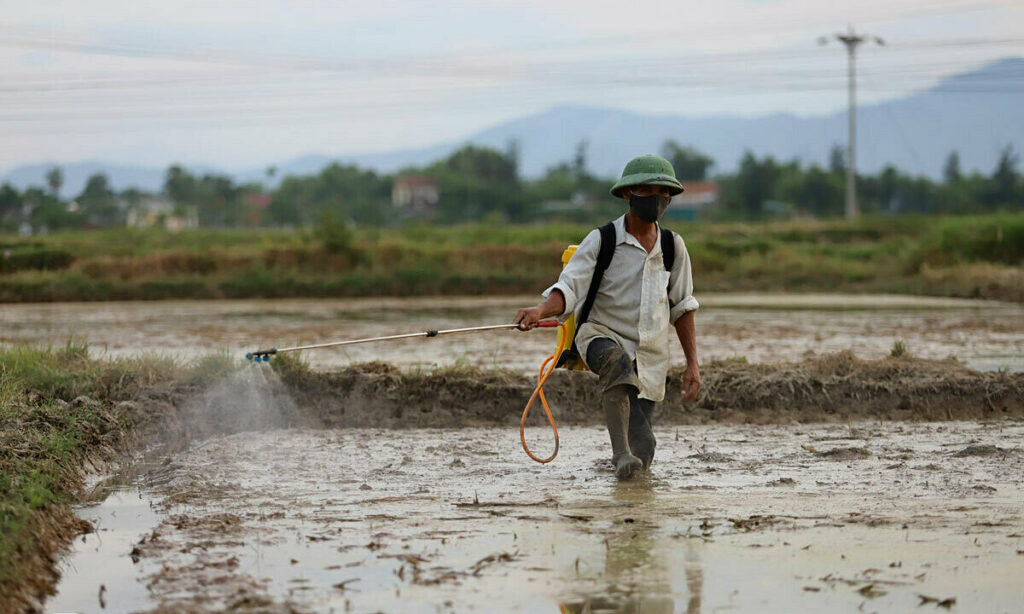
Heavy Metals and Contaminants
Tolerances are established for each food product for arsenic, cadmium, lead, mercury, methylmercury, and tin. In the case of canned meat products, the allowable values vary depending on the specifications of the can.
Food Additive
Food additives that can be used in Vietnam and the permissible levels for each target food are defined by the Ministry of Health. Due to the positive list system, the use, sale, import, and export of food additives that are not on the list are not legally allowed.
Around this positive list, other regulations exist for food additives.
The four laws and regulations for processed meat products have been introduced so far, but there are also “food packaging,” “product labeling,” and other laws and regulations.
Summary
This report provides a comprehensive overview of processed meat products in Vietnam. Demand for processed meat products in Vietnam is increasing for three reasons: population growth, increased hygiene awareness, and changing lifestyles.
Processed meat products distributed in Vietnam can be divided into two main categories: traditional products of Vietnamese origin and products of foreign origin. Traditional products of Vietnamese origin can be further divided into four categories, the most popular of which is “Vietnamese ham,” or charua. Many meat products of foreign origin are influenced by France.
On the other hand, there are challenges in the Vietnamese market for processed meat products. Two major challenges in particular are the lack of a well-developed cold chain in Vietnam and the lack of penetration in rural areas.
Regarding the trade situation of processed meat products in Vietnam, it can be said that both import volume and import value are generally on the rise. In particular, there was a distinctive change in the value of ham imports, which more than doubled year-on-year in 2019 and remained at the same level in 2020, the year of the Corona disaster. Since imports did not double, it can be inferred that demand for high-end ham is increasing in Vietnam.
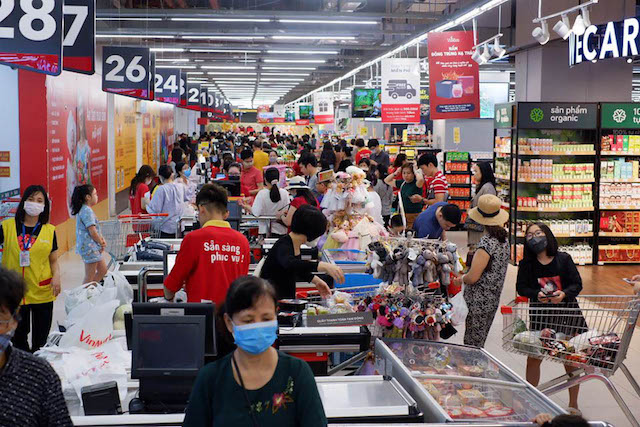
Exports from Japan are also basically possible. Import restrictions were seen after the accident at the Fukushima Daiichi Nuclear Power Plant, but have now been removed.
In Vietnam, there are seven major regulations pertaining to processed meat products. There are seven major regulations pertaining to processed meat products in Vietnam: “Food Standards,” “Pesticide Residues and Veterinary Drugs,” “Heavy Metals and Contaminants,” “Food Additives,” “Food Packaging,” “Label Covers,” and “Others. Processed meat products have long been prevalent in Vietnam, and the market has continued to grow in recent years.
The demand for high quality, especially safe food products is growing, so the potential for Japanese companies is high. In fact, Japanese brands have already been established in Vietnam through the entry of manufacturers in other fields. After the market expands further in the future, demand for more niche processed meat products is expected to increase. Therefore, now is an opportune time to consider entering the Vietnamese processed meat products market.。
▼ベトナムハム・ソーセージ市場の市場調査、M&A、ビジネスマッチングの支援をご要望の方は以下からご連絡ください。ベトナムハム・ソーセージ市場について無料相談してみる。

【関連記事】ベトナムの食肉加工品に関連する分野ついては、こちらの記事も合わせてご覧ください。
ベトナム市場調査レポート一覧はこちらからもご覧頂けます。

ベトナム市場の情報収集を支援します
ベトナム市場での情報収集にお困りの方は多くいらっしゃるのではないでしょうか。
VietBizは日本企業の海外事業・ベトナム事業担当者向けに市場調査、現地パートナー探索、ビジネスマッチング、販路開拓、M&A・合弁支援サービスを提供しています。
ベトナム特化の経営コンサルティング会社、ONE-VALUE株式会社はベトナム事業に関するご相談を随時無料でこちらから受け付けております。








